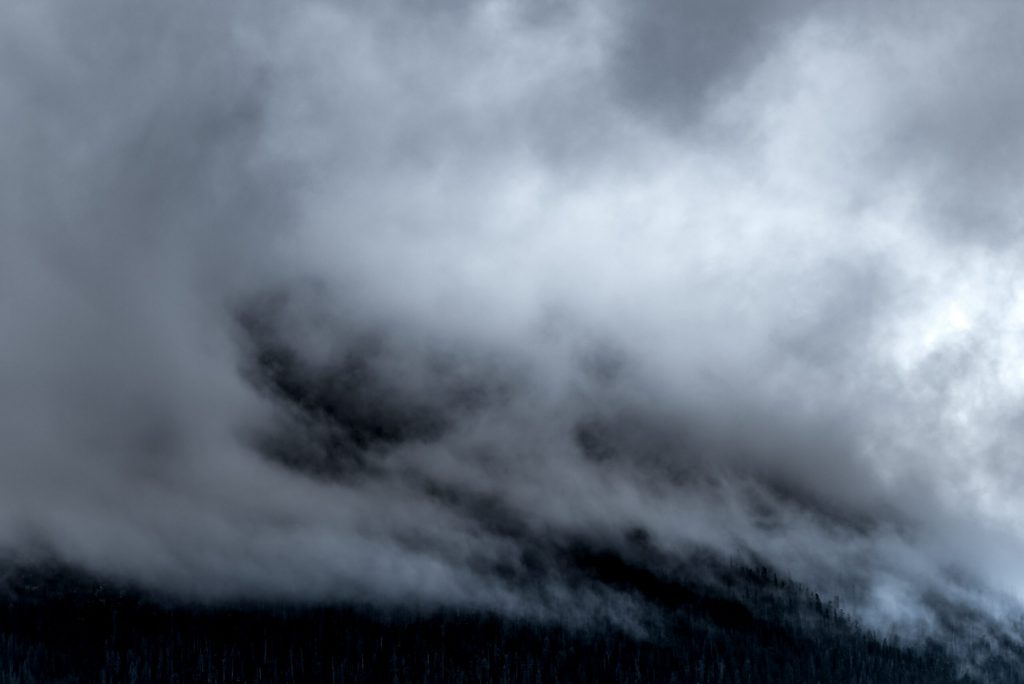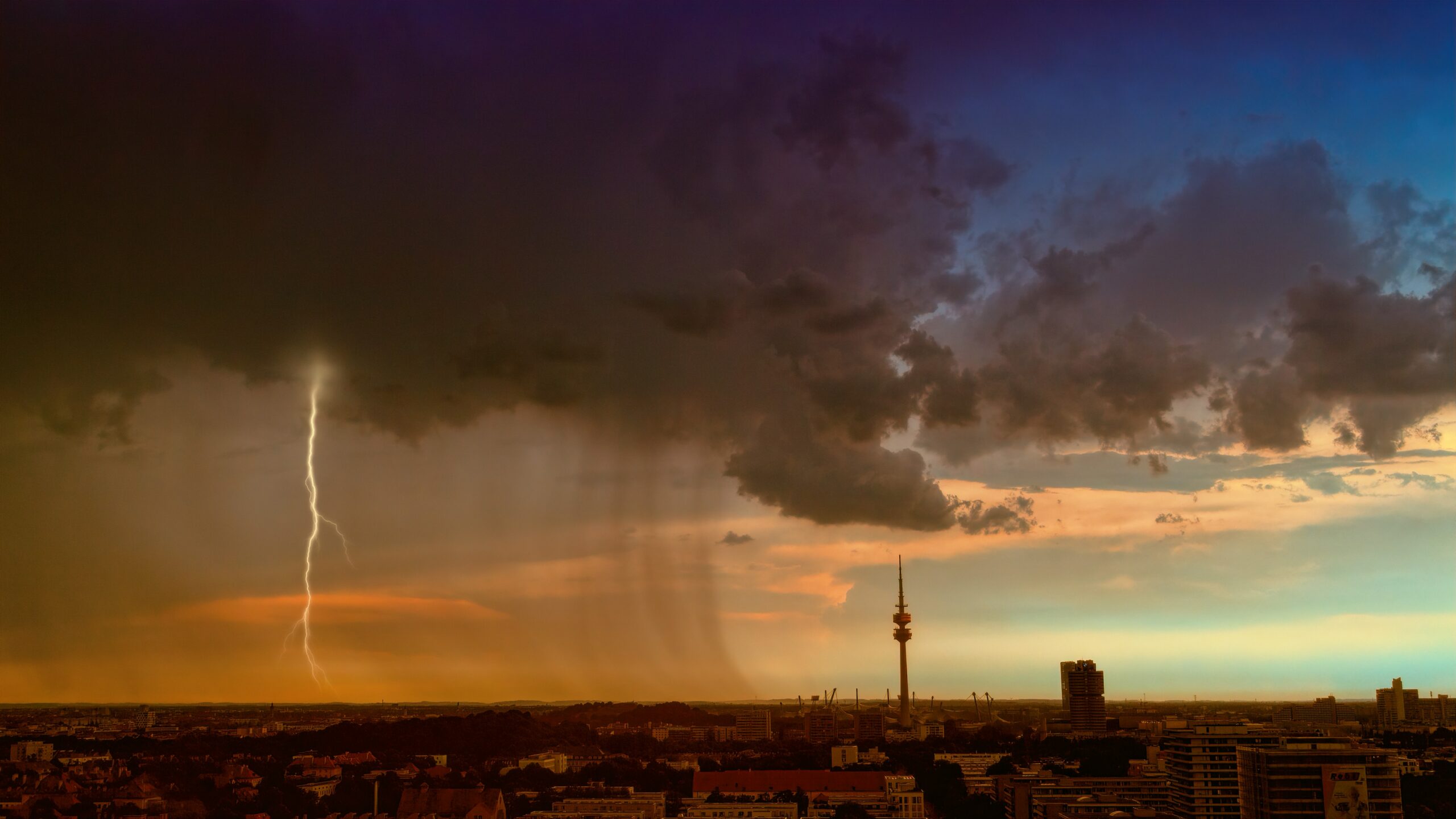SPECIs explained

SPECI stands for special aerodrome meteorological report. They follow the same format as METARs but are issued when weather conditions significantly change between routine reports. Local aerodromes may have specific conditions relevant for the location, otherwise, the following criteria are used in Canada:
- ceilings
- sky conditions
- visibility
- tornado, funnel cloud, waterspout
- thunderstorm
- precipitation
- obstruction of vision
- wind
- temperature
Ceilings
The ceiling is the lowest broken or overcast cloud layer. Few or scattered cloud layers are not considered ceilings and would not necessarily require a SPECI. A SPECI would be required if a ceiling lowered or formed at values less then the following:
- 1,500′
- 1000′
- 500′
- *400′
- 300′
- *200′
- *100′
- the lowest published minimum altitude
The altitudes marked with a * would only require a SPECI if the aerodrome is equipt with a precision approach. Examples:
- If the METAR indicated a ceiling of 1,200′, a SPECI would not be required until the ceiling lowered or a new ceiling formed at less than 1,000′.
- If the METAR indicated a ceiling of 300′ and the lowest minimum altitude for an aerodrome was 300′, a new SPECI would not be required if the ceiling lowered or a new ceiling formed at less than 300′.
A SPECI would also be required if the ceiling were to rise to or above the values listed. Examples:
- If the METAR indicated a ceiling of 1,200′, a SPECI would be required if the ceiling lifted to 1,500′ or higher.
- If the METAR indicated a ceiling of 100′ and the lowest minimum altitude for an aerodrome was 300′, a SPECI would be required if the ceiling lifted to 300′ or above.
Sky Conditions
A cloud layer can be anything from few to overcast. If after the METAR has been published a new layer is observed below 1,000′ or the highest minimum for IFR straight-in landing or takeoff, a SPECI will be required.
For example, if the METAR showed sky clear and then a few layer formed at 500′, a SPECI would be required.
Visibility
A SPECI would be required if the visibility decreased to values less then the following:
- 3SM
- 1 1/2SM
- 1SM
- *3/4SM
- 1/2SM
- *1/4SM
- the lowest published minimum
The visibilities marked with a * would only require a SPECI if the aerodrome is equipt with a precision approach. Examples:
- If the METAR indicated a visibility of 2SM, a SPECI would not be required until the visibility becomes lower than 1 1/2SM.
- If the METAR indicated a visibility of 1SM and the lowest minimum visibility for an aerodrome was 1SM, a new SPECI would not be required if the visibility became lower than 1SM.
A SPECI would also be required if the visibility increased to or above the values listed. Examples:
- If the METAR indicated a visibility of 2SM, a SPECI would be required if the visibility increased to 3SM or greater.
- If the METAR indicated a visibility of 1/2SM and the lowest minimum visibility for an aerodrome was 1SM, a SPECI would be required if the visibility increased to or above 1SM.
Tornado, Funnel Cloud, Waterspout
A SPECI is required if a tornado (+FC), funnel cloud (FC), or waterspout (+FC) is observed, disappears from sight, or has been reported being observed within the previous six hours from a reliable source.
Thunderstorm
A SPECI is required if thunderstorm activity (TS) starts, increases to heavy (+TS), or 15 minutes has elapsed without thunderstorm activity.
Precipitation
A SPECI is required if the following starts, ends (15 minutes elapses), or changes in intensity:
- freezing rain (FZRA)
- freezing drizzle (FZDZ)
- ice pellets (PL)
- showery ice pellets (SHPL)
- rain (RA)
- rain showers (SHRA)
- drizzle (DZ)
- snow (SN)
- snow showered (SHSN)
- snow grains (SG)
- hail (GR)
- snow pellets (GS)
- ice crystals (IC)
Obstruction of Vision
A SPECI is required when freezing fog (FZFG) starts and ends.
Wind
A SPECI is required if windspeed doubles from the previous report and exceeds 30kts. A SPECI is also required if the wind directions significantly changes.
Temperature
A SPECI is required when the temperature increases by 5 degrees Celsius or more when the previously reported temperature was 20 degrees Celsius or more, or decreases to a value of 2 degrees Celsius or lower.
Photo by Nathan Anderson on Unsplash




